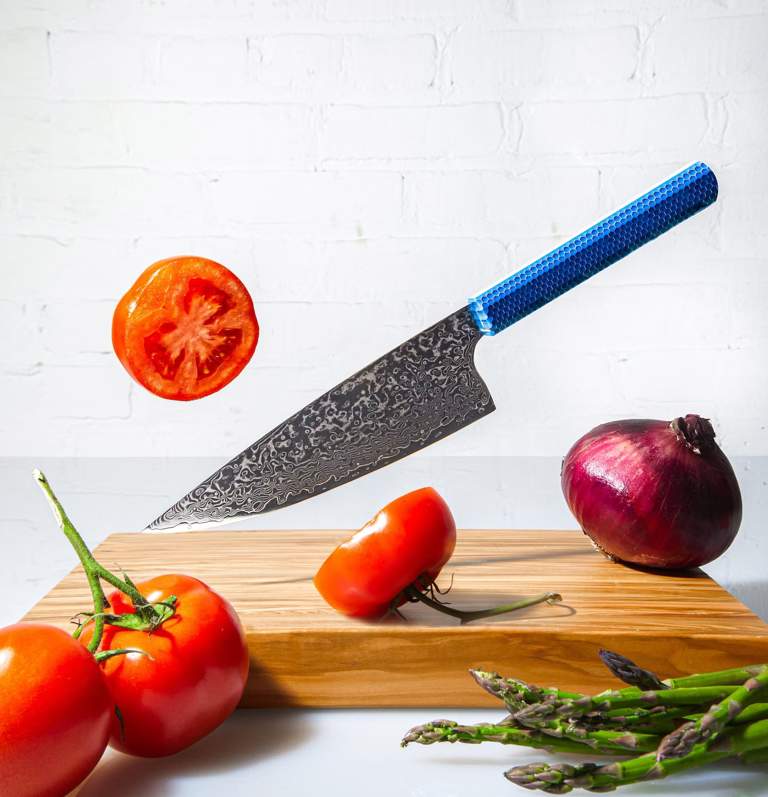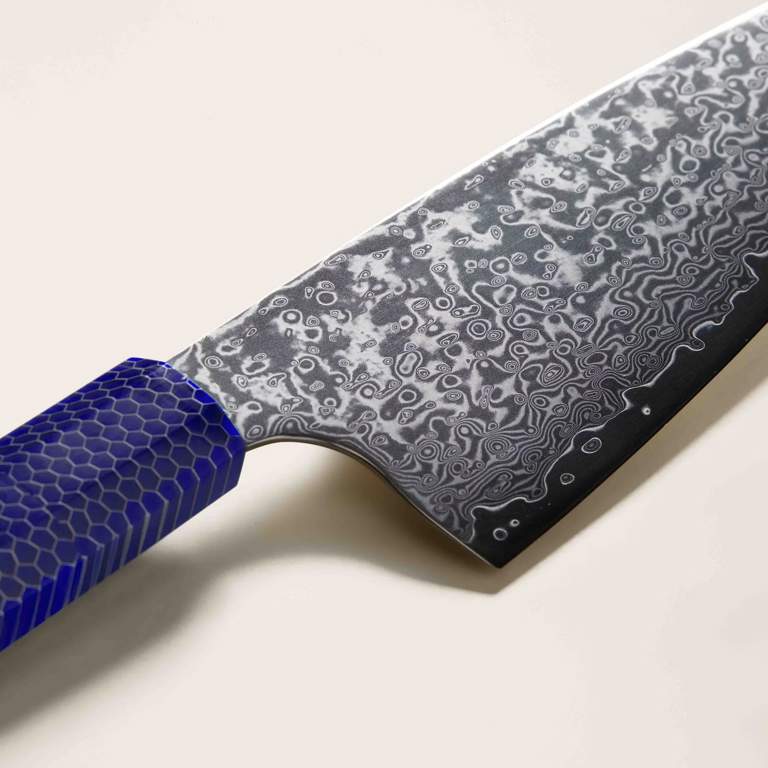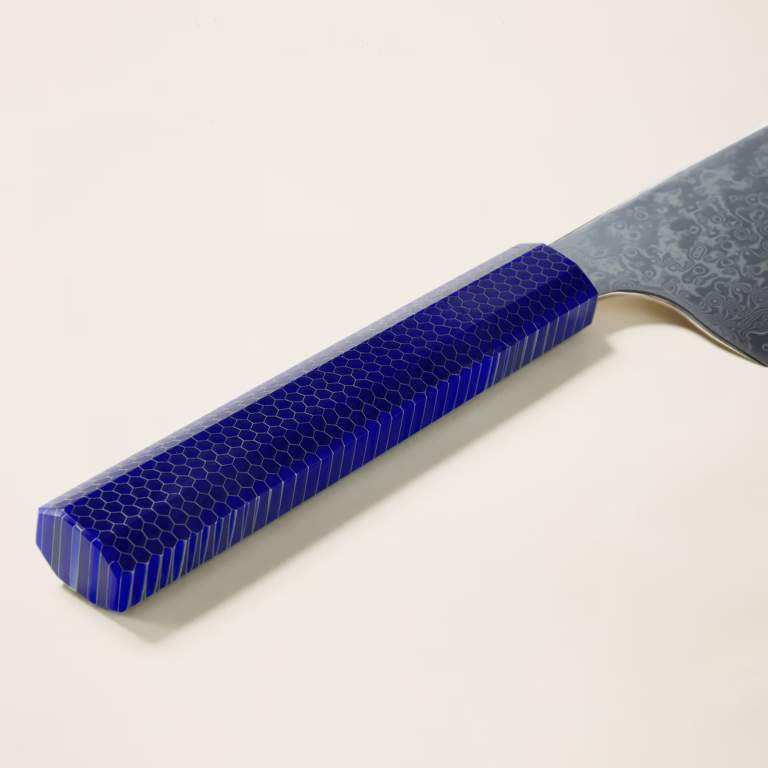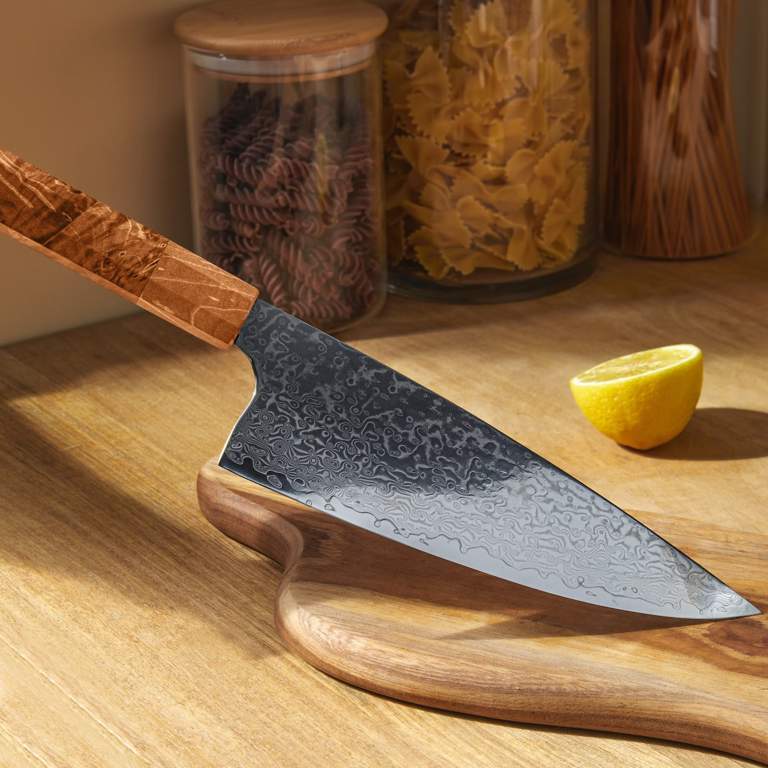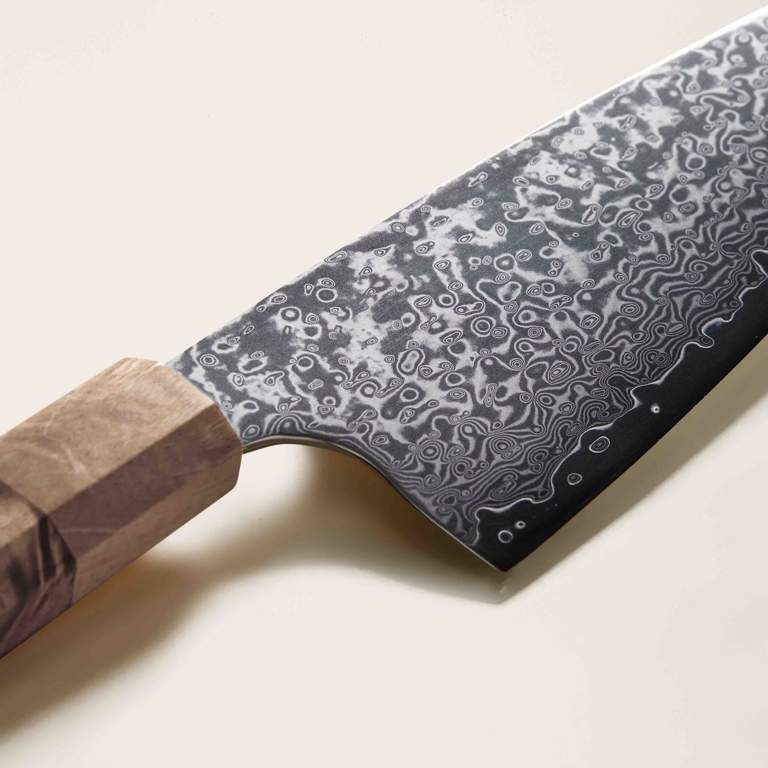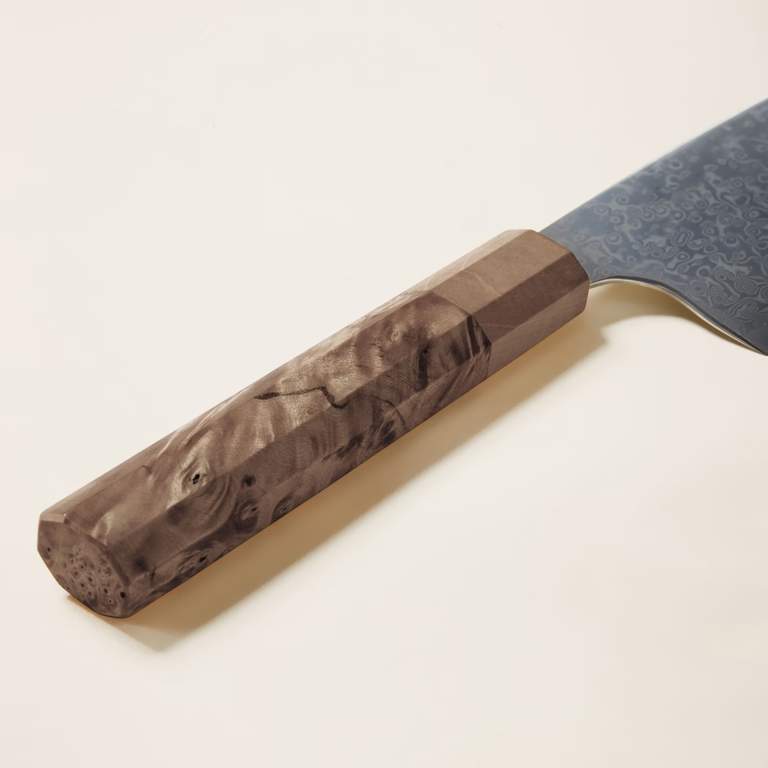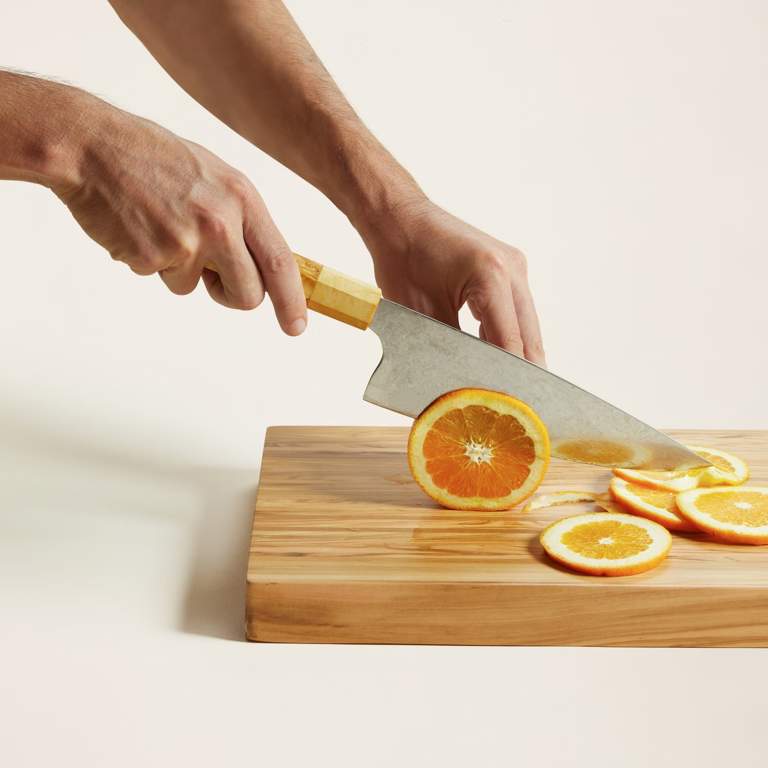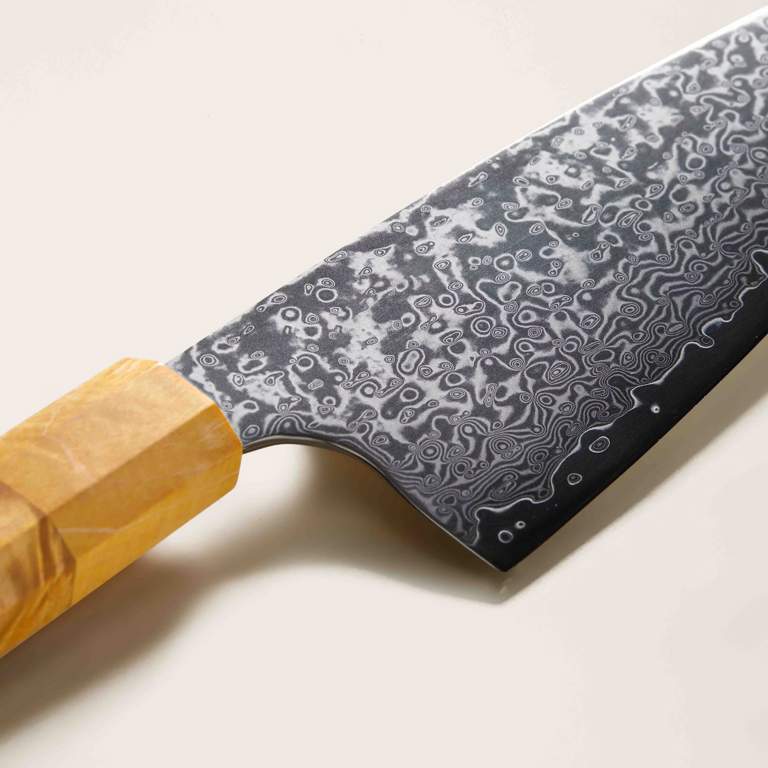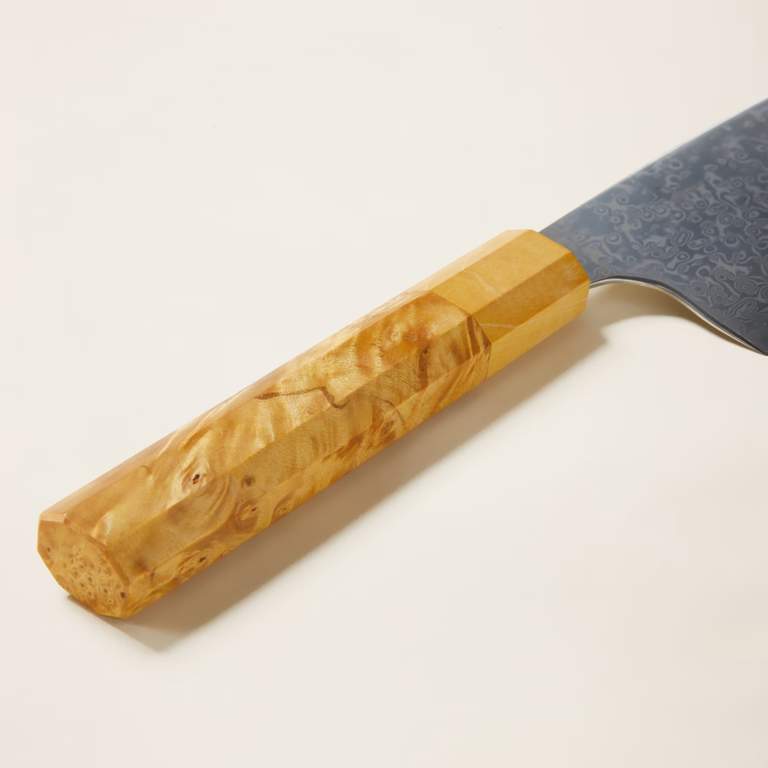Bestsellers for Japanese Knives
The art of precision cutting in your kitchen can be achieved with a Japanese knives set. Japanese knives are known for their unique features and craftsmanship, which sets them apart from Western knives. There are different types of Japanese knives, each with specific uses and purposes in the kitchen. When choosing a Japanese knife set, consider factors such as your cooking style and needs. Proper cleaning and maintenance techniques are important for caring for your Japanese knives, and sharpening and honing them regularly is essential. Mastering knife skills, such as cutting techniques, can improve precision and efficiency in the kitchen. Cooking with Japanese knives can enhance your culinary experience, and the versatility of these knives can be showcased through various recipes and cooking techniques. Italic offers a selection of Japanese knives with features and benefits worth considering. Additionally, Japanese knives can have creative uses beyond the kitchen, such as in DIY projects and crafts.

on Italic.com
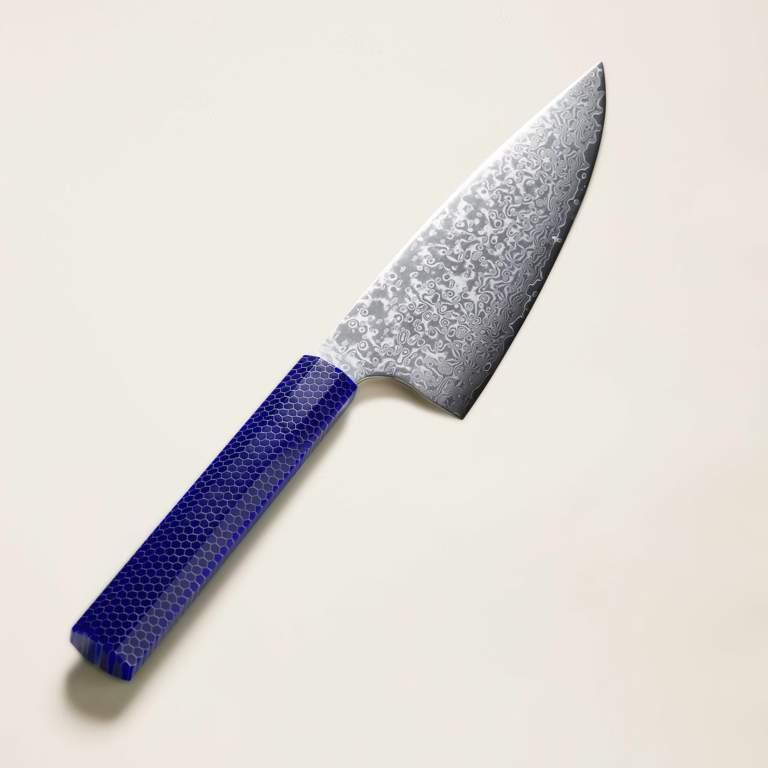
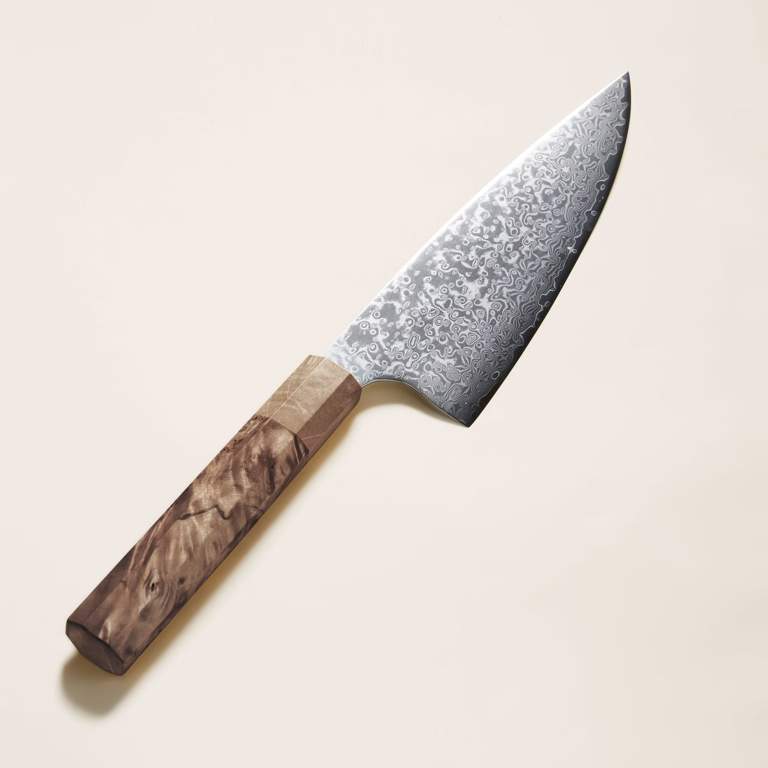
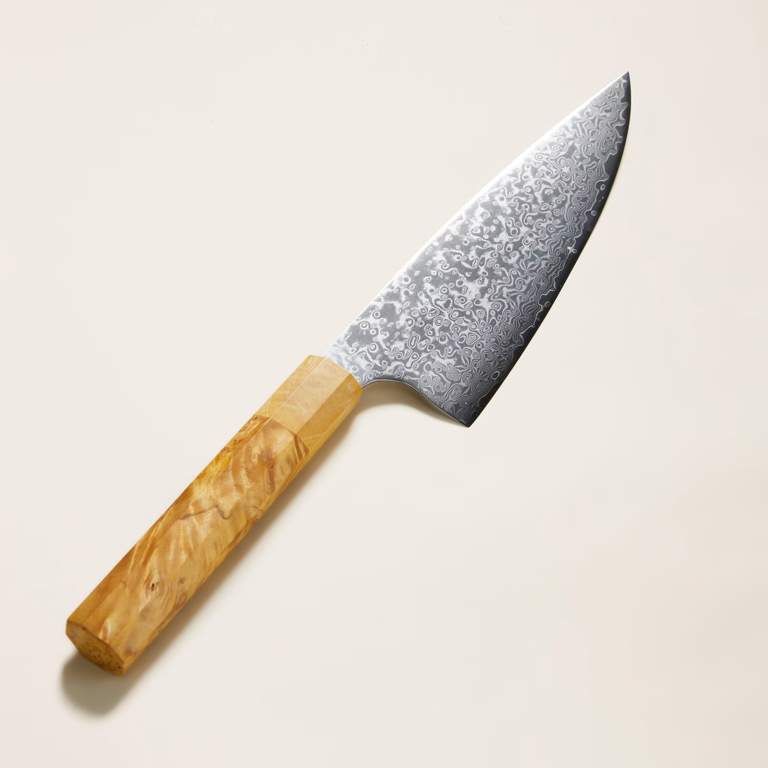
The Beauty of Japanese Knives

Japanese knives are renowned for their exceptional craftsmanship and unique features that set them apart from Western knives. These knives are not only functional tools in the kitchen but also works of art that reflect centuries of Japanese tradition and precision.
Unique features and craftsmanship of Japanese knives
Japanese knives are known for their sharpness and precision. They are typically made with high-quality steel, such as VG10 or AUS-10, which is known for its hardness and ability to hold a sharp edge. The blades of Japanese knives are often thinner and lighter than their Western counterparts, allowing for more precise and delicate cuts.
One distinctive feature of Japanese knives is the traditional single-bevel edge. Unlike Western knives, which have a double-bevel edge, Japanese knives are sharpened on one side only. This asymmetrical edge allows for a finer and more precise cut, making Japanese knives ideal for tasks that require utmost precision, such as slicing sashimi or making paper-thin vegetable cuts.
The craftsmanship involved in making Japanese knives is truly remarkable. Many Japanese knife makers have honed their skills over generations, passing down traditional techniques and knowledge. Each knife is meticulously crafted by skilled artisans who pay attention to every detail, from the forging of the blade to the shaping of the handle. The result is a knife that not only performs exceptionally well but also showcases the beauty of Japanese craftsmanship.
How they differ from Western knives
While both Japanese and Western knives serve the same purpose in the kitchen, there are some key differences between the two. One notable difference is the shape of the blade. Japanese knives often have a straighter edge compared to the curved edge of Western knives. This straight edge allows for more control and precision when cutting.
Another difference lies in the hardness of the steel used. Japanese knives are typically made with harder steel, which allows for a sharper edge and better edge retention. However, this also means that Japanese knives may require more frequent sharpening compared to Western knives.
The handle design is another distinguishing factor. Japanese knives often feature a traditional wooden handle, such as ho wood or magnolia wood, which provides a comfortable grip and a lightweight feel. In contrast, Western knives typically have handles made of materials like plastic or stainless steel.
Overall, the beauty of Japanese knives lies in their exceptional craftsmanship, precision, and unique features that make them a joy to use in the kitchen. Whether you're a professional chef or a home cook, investing in a high-quality Japanese knife can elevate your culinary experience and bring a touch of artistry to your cooking.
Types of Japanese Knives
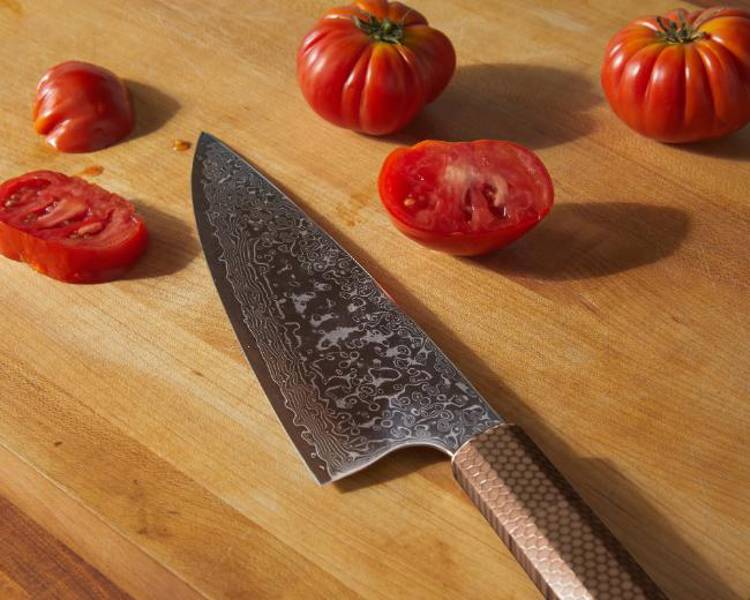
Japanese knives are renowned for their precision, sharpness, and craftsmanship. They come in a variety of styles, each with its own unique purpose in the kitchen. Here are some of the most common types of Japanese knives:
Gyuto: The Gyuto knife is the Japanese equivalent of a Western chef's knife. It has a versatile design that can handle a wide range of cutting tasks, including slicing, dicing, and chopping. The Gyuto knife typically has a thin, sharp blade and a pointed tip.
Santoku: The Santoku knife is another multipurpose knife that is often compared to a Western chef's knife. It has a shorter and wider blade than the Gyuto knife, making it ideal for slicing, dicing, and mincing vegetables and boneless meats.
Deba: The Deba knife is a traditional Japanese knife used primarily for filleting and butchering fish. It has a thick and heavy blade with a single bevel edge, allowing for precise cuts through fish bones and tough skin.
Sashimi: The Sashimi knife is specifically designed for slicing raw fish into thin, delicate pieces. It has a long, narrow blade with a single bevel edge that ensures clean cuts without tearing or bruising the fish.
Nakiri: The Nakiri knife is a vegetable cleaver that excels at slicing and dicing vegetables with precision. It has a thin, rectangular blade with a straight edge that allows for efficient chopping and mincing.
Yanagiba: The Yanagiba knife is a long, slender knife used for slicing raw fish and making sashimi. It has a single bevel edge that creates clean cuts without tearing the delicate flesh of the fish.
Usuba: The Usuba knife is another vegetable cleaver that is commonly used in Japanese cuisine. It has a thin, rectangular blade with a straight edge, similar to the Nakiri knife. However, the Usuba knife has a slightly concave shape on one side, allowing for precise cuts and thin vegetable slices.
These are just a few examples of the many types of Japanese knives available. Each knife is designed for a specific purpose and can greatly enhance your culinary experience by providing precision and efficiency in the kitchen.
Caring for Your Japanese Knives
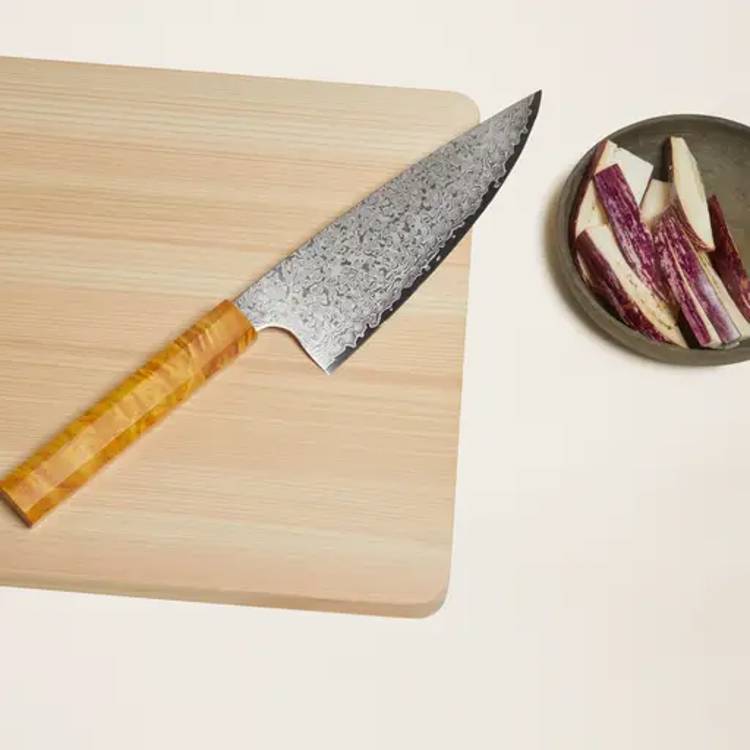
Japanese knives are known for their exceptional craftsmanship and precision cutting abilities. To ensure that your Japanese knives stay in optimal condition and continue to perform at their best, it's important to follow proper cleaning and maintenance techniques.
Proper cleaning techniques
After each use, it's essential to clean your Japanese knives properly. Here are some tips for cleaning your knives:
Hand wash: Japanese knives should always be hand washed rather than placed in a dishwasher. The high heat and harsh detergents in dishwashers can damage the blades and handles of the knives.
Use mild soap: Use a mild dish soap and warm water to clean your knives. Avoid using abrasive sponges or scouring pads, as they can scratch the blades.
Dry immediately: After washing, dry your knives thoroughly with a clean towel. Moisture can cause the blades to rust, so it's important to ensure they are completely dry before storing them.
Maintenance techniques
To keep your Japanese knives in optimal condition, regular maintenance is key. Here are some tips for maintaining your knives:
Sharpen regularly: Japanese knives have incredibly sharp blades, but they will eventually dull with use. Invest in a high-quality sharpening stone or honing rod and sharpen your knives regularly to maintain their sharpness.
Store properly: Store your Japanese knives in a knife block, knife sheath, or on a magnetic knife strip. Avoid storing them loose in a drawer, as this can cause the blades to become damaged or dull.
Handle with care: Japanese knives often have delicate blades that can chip or break if mishandled. Always use a cutting board made of wood or plastic, as harder materials like glass or stone can damage the blade.
By following these cleaning and maintenance techniques, you can ensure that your Japanese knives remain in excellent condition and continue to provide you with precise and efficient cutting performance.
Mastering Knife Skills

Mastering knife skills is essential for anyone looking to become a proficient cook. With the right techniques, you can achieve precision and efficiency in the kitchen. Here are some essential cutting techniques to help you improve your knife skills:
The Rock Chop: This technique involves using a rocking motion to chop ingredients. Start by gripping the handle of the knife firmly and placing the tip of the blade on the cutting board. Use a rocking motion to move the blade up and down, keeping the tip in contact with the cutting board as you chop.
The Slice: Slicing is a technique used for cutting ingredients into thin, even pieces. Hold the knife with a firm grip and place the tip of the blade on the cutting board. Apply gentle pressure and slide the blade forward, using a smooth motion to slice through the ingredient.
The Julienne: Julienne is a technique used for cutting ingredients into long, thin strips. Start by cutting the ingredient into uniform slices. Stack the slices on top of each other and cut them into thin strips. This technique is commonly used for vegetables like carrots or bell peppers.
The Chiffonade: Chiffonade is a technique used for cutting leafy greens or herbs into thin, ribbon-like strips. Stack the leaves on top of each other and roll them tightly. Use a sharp knife to cut across the roll, creating thin strips.
The Mince: Mincing is a technique used for finely chopping ingredients into small pieces. Start by holding the knife with a firm grip and place the tip of the blade on the cutting board. Use a rocking motion to move the blade back and forth, chopping the ingredient into small, uniform pieces.
Practicing these techniques will help you become more efficient and precise in your cooking. Remember to always use a sharp knife and maintain proper hand placement for safety. With time and practice, you'll be able to master these knife skills and elevate your culinary creations.
Cooking with Japanese Knives
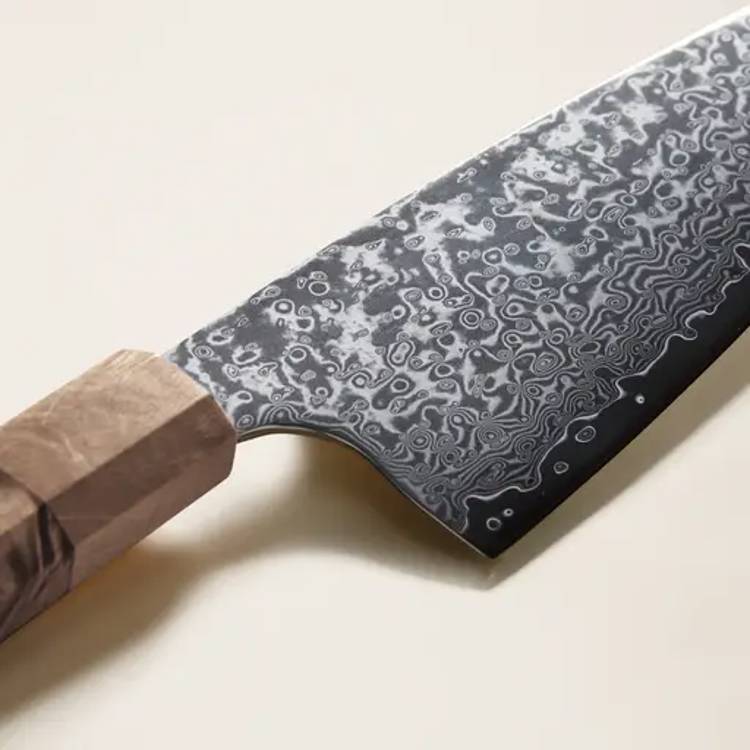
Japanese knives are renowned for their precision and craftsmanship, making them a favorite among professional chefs and home cooks alike. Their sharpness and balance allow for precise cuts and effortless slicing, enhancing your culinary experience in the kitchen. Here are some recipes and cooking techniques that showcase the versatility of Japanese knives:
Sushi and Sashimi: Japanese knives are perfect for preparing sushi and sashimi, as they allow you to slice through raw fish with ease. Whether you're making traditional nigiri sushi or experimenting with creative rolls, a Japanese knife will help you achieve clean, uniform cuts.
Vegetable Preparation: Japanese knives excel at cutting vegetables, allowing you to create precise slices and julienne cuts. From thinly slicing cucumbers for salads to finely dicing onions for stir-fries, a Japanese knife will make your vegetable preparation a breeze.
Meat and Poultry: When it comes to cutting meat and poultry, Japanese knives offer exceptional control and precision. Whether you're trimming fat from a steak or carving a roast chicken, a Japanese knife will ensure clean cuts without tearing or shredding the meat.
Fruit and Garnishes: Japanese knives are also great for cutting fruit and creating intricate garnishes. Whether you're slicing ripe tomatoes for a salad or creating decorative fruit carvings for a dessert platter, a Japanese knife will give you the precision you need.
Precision Techniques: Japanese knives are ideal for precision techniques like chiffonade (thinly slicing herbs), brunoise (finely dicing vegetables), and julienne (creating thin strips). These techniques require sharp, agile knives that can handle delicate cuts, making Japanese knives the perfect choice.
By using Japanese knives in your cooking, you'll not only enhance your culinary skills but also enjoy the precision and efficiency that these knives offer. Whether you're preparing sushi, slicing vegetables, or creating decorative garnishes, a Japanese knife will elevate your cooking to the next level.
Note: The provided information is based on the assumption that the article is about cooking with Japanese knives. If the context or purpose of the article is different, please let me know so I can adjust the content accordingly.
Italic's Japanese Knife Collection
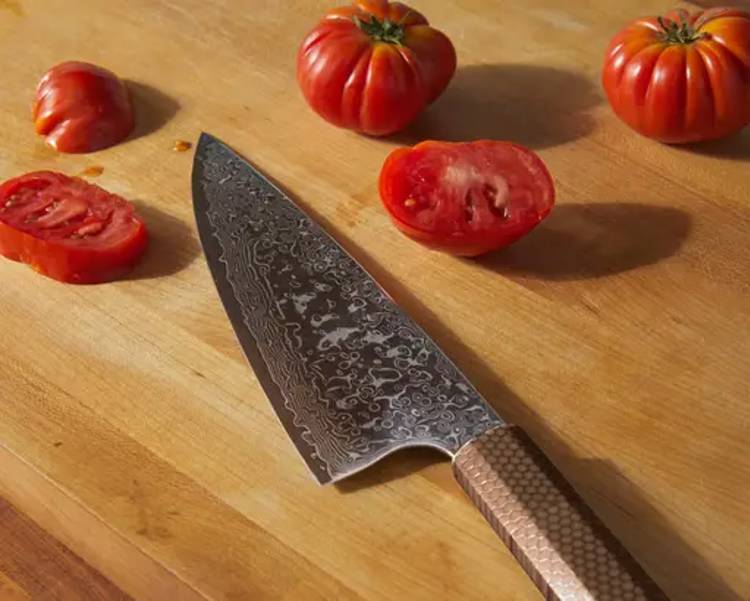
Italic offers a stunning collection of Japanese knives that combine exceptional craftsmanship with unparalleled precision. These knives are designed to elevate your culinary experience and make every cut a work of art.
Features and Benefits of Italic's Knives
Italic's Japanese Knife Collection boasts several key features that set them apart from traditional Western knives:
High-Quality Materials: Each knife is crafted using premium materials, such as VG10 steel, known for its exceptional sharpness and durability.
Precision Cutting: The blades of Italic's knives are meticulously crafted to ensure razor-sharp edges, allowing for precise and effortless cutting.
Ergonomic Design: The handles of Italic's knives are thoughtfully designed for comfort and control, reducing fatigue during prolonged use.
Versatility: Whether you're slicing, dicing, or chopping, Italic's Japanese knives are versatile tools that can handle a wide range of kitchen tasks.
Beautiful Aesthetics: With their sleek designs and exquisite finishes, Italic's knives are not only functional but also add a touch of elegance to your kitchen.
The Kumo Japanese VG10 Gyuto Chef Knife
One standout knife in Italic's collection is the Kumo Japanese VG10 Gyuto Chef Knife. This knife is available in three stunning variations: Blue Honeycomb Resin, Natural Birch Burl, and Brown Stabilized Maple. Each knife features a 5.0-star rating, showcasing its exceptional quality and performance.
The Kumo Japanese VG10 Gyuto Chef Knife is the perfect companion for any chef or cooking enthusiast. Its versatile design makes it suitable for various cutting techniques, from slicing vegetables to carving meats. The high-quality VG10 steel blade ensures long-lasting sharpness and precision.
With Italic's focus on quality over branding and price tags, the Kumo Japanese VG10 Gyuto Chef Knife embodies the essence of luxury without the extravagant price tag. It is a testament to Italic's commitment to redefining what it means to indulge in luxury products.
Italic's Japanese Knife Collection offers a range of exceptional knives that combine craftsmanship, precision, and beauty. Whether you're a professional chef or a home cook, these knives are designed to enhance your culinary experience and elevate your kitchen to new heights.
Italic Buying Guide

Japanese knives are the epitome of precision and craftsmanship. With their razor-sharp blades and ergonomic designs, these knives offer unparalleled cutting performance. When choosing a Japanese knife, there are several factors to consider.
First and foremost, blade material is crucial. Japanese knives are typically made from high-quality stainless steel, such as VG10. This type of steel offers excellent edge retention and corrosion resistance. Additionally, consider the layer count of the blade. More layers generally indicate better strength and durability.
Next, consider the blade length. Japanese knives come in various sizes, ranging from small utility knives to larger chef's knives. The right blade length depends on your personal preference and the tasks you frequently perform in the kitchen.
Another important factor to consider is the handle. Japanese knives often feature unique hexagonal handles that provide a comfortable grip and excellent control. Look for a handle material that suits your preferences, whether it's wood, resin, or another material.
Lastly, consider the brand reputation and customer reviews. Japanese knife brands with a long history and positive feedback from customers are more likely to produce high-quality knives.
In conclusion, when purchasing a Japanese knife, prioritize blade material, layer count, blade length, handle design, and brand reputation. By considering these factors, you can find the perfect Japanese knife that will enhance your culinary skills and bring joy to your cooking experience. Here are some products we recommend.
Kumo Japanese VG10 Gyuto Chef Knife - Blue Honeycomb Resin
The Kumo Japanese VG10 Gyuto Chef Knife is a pinnacle of modern steel, crafted from 67 layers of pure Damascus Japanese VG10 stainless steel for superior edge retention and corrosion resistance. Its 61 HRC score ensures the knife can be used for a long time without needing to be sharpened. Its curved blade provides universal utility and its part of the limited Kumo collection which features handcrafted knives with cutting boards crafted from medium-hard Japanese Hinoki Cypress, making it the perfect combination of form and function.
- Superior quality material - The Kumo Japanese VG10 Gyuto Chef Knife is made from high-grade VG10 Japanese steel, which is known for its exceptional durability and sharpness.
- Elegant design - The knife features a unique blue honeycomb resin handle, which adds elegance and sophistication to any kitchen.
- Versatility - This Gyuto Chef Knife is perfect for slicing, dicing, and chopping a wide variety of foods, making it a versatile addition to any kitchen.
- Comfortable grip - Many users have praised the comfortable grip offered by the knife's specially designed handle, allowing for precise and effortless cutting.
- Long-lasting sharpness - The VG10 steel ensures that the knife retains its sharpness for an extended period, reducing the need for frequent sharpening.
- Easy maintenance - Users have mentioned that the knife is easy to clean and maintain, making it a practical choice for everyday use.
- Great value for money - Despite its premium features and quality construction, the Kumo Japanese VG10 Gyuto Chef Knife is reasonably priced, offering great value for money.
Kumo Japanese VG10 Gyuto Chef Knife - Brown Stabilized Maple
The Kumo Japanese VG10 Gyuto Chef Knife is a unique and luxurious piece of kitchenware, featuring handcrafted Damascus steel for superior edge retention, corrosion resistance, and durability. Its 61 HRC score makes it perfect for long-lasting use and its universal utility means it can easily slice, chop, and dice any ingredients you need. Finally, this chef's knife is part of the exclusive Kumo Collection which combines both beauty and function.
- Sharpness: Many users rave about the remarkable sharpness of the Kumo Japanese VG10 Gyuto Chef Knife, allowing for precise and effortless cuts.
- Quality Material: The knife is made from VG10 Japanese steel, which is praised for its durability, rust resistance, and edge retention.
- Handle Comfort: The Brown Stabilized Maple handle provides a comfortable grip, enhancing control and minimizing hand fatigue during prolonged use.
- Versatility: This knife is highly versatile, capable of handling a wide range of kitchen tasks from chopping vegetables to slicing meat.
- Aesthetics: Users often compliment the beautiful design of the knife. Its unique pattern and elegant brown stabilized maple handle make it a stylish addition to any kitchen.
- Balance: The knife has excellent balance, making it easy to control and aiding in precision cutting.
- Value for Money: Despite its high-end features, the Kumo Japanese VG10 Gyuto Chef Knife is considered great value for money by many users.
Kumo Japanese VG10 Gyuto Chef Knife - Natural Birch Burl
The Kumo Japanese VG10 Gyuto Chef Knife is a pinnacle of modern steel, made with 67 layers of pure Damascus Japanese VG10 stainless steel for superior edge retention and corrosion resistance. It features a Rockwell Rating of 61 HRC and universal utility, making it ideal for cutting any vegetables, meats, or breads. It is part of the Kumo Collection which includes handcrafted knives and cutting boards crafted from medium-hard Japanese Hinoki Cypress.
- Exceptional Sharpness: Many reviews rave about the Kumo Japanese VG10 Gyuto Chef Knife's superior sharpness. The VG10 steel provides an exceptionally sharp edge that cuts through food effortlessly.
- High-Quality Material: The knife is made from VG10 steel, a high-quality stainless steel that is rust-resistant, durable, and maintains its sharpness for longer periods of time.
- Comfortable Grip: Users appreciate the comfortable grip of the knife. The handle, made from natural birch burl, is not only aesthetically pleasing but also ergonomic and easy to hold.
- Versatility: This chef knife is praised for its versatility. It's perfect for a wide range of kitchen tasks, from slicing and dicing vegetables to cutting meat.
- Beautiful Design: Many users love the beautiful design of the Kumo Japanese VG10 Gyuto Chef Knife. The natural birch burl handle and polished steel blade give it a sleek, sophisticated look.
- Balanced Weight: Users note that this knife has a well-balanced weight, which makes it comfortable to use for long periods of cooking time.
- Excellent Value for Money: Despite its high-end materials and craftsmanship, users find this knife to be excellent value for money. Its performance rivals that of much more expensive kitchen knives.



